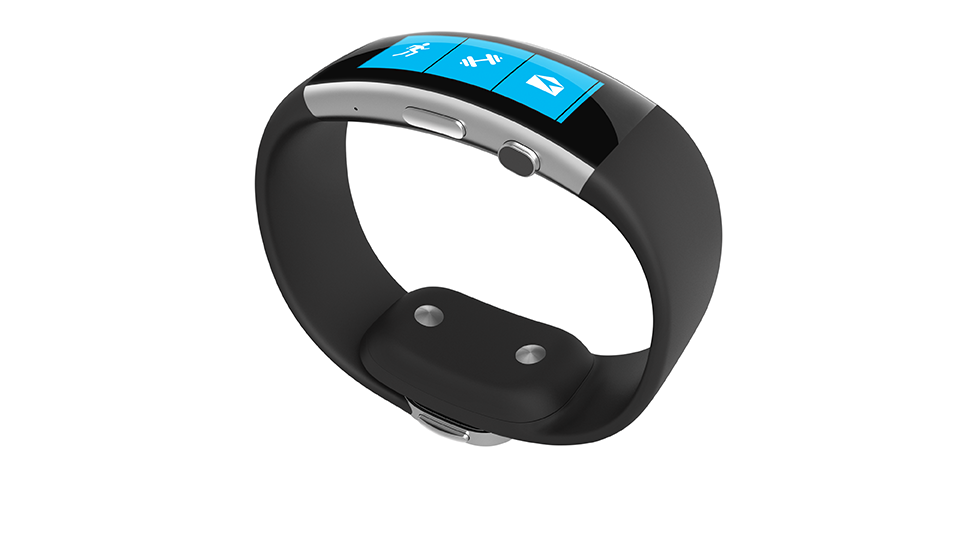Microsoft points out major flaws in today's wearables, and shows ways to correct them
3 min. read
Updated on
Read our disclosure page to find out how can you help MSPoweruser sustain the editorial team Read more

Microsoft’s misses were as sensational as its hits; Windows Phone, wearables, and plenty other products of the software giant failed brutally. Of all the misses, Microsoft Band spent probably the shortest time in the market. Nevertheless, that didn’t make Microsoft stop thinking about ways to contribute to the wearables technologies.
According to Microsoft, today’s wearables are doing plenty of things in the wrong way. Below is what Microsoft has to say about today’s technology in wearables.
Due to the one-dimensional nature of each optical sensor included in a conventional portable device, the portable device can not verify that the optical sensor is properly positioned over an artery of the user. Moreover, due to the one-dimensional nature of the sensors of the conventional portable device, the conventional portable device is unable to detect motion artifacts based solely on the signal (s) output by the sensor (s).
A conventional portable device is limited to outputting values ??indicative of heart rate and, in some instances, oxygenation of the blood, but these values ??may be inaccurate due to user movement and / or environmental conditions. In addition, the portable device is unable to distinguish between reflections of blood flowing through arteries and fluctuations derived from other sources.
Microsoft takes issues with the process of detecting heart rate by one-dimensional sensors. The process is error-prone, according to Microsoft. And the Redmond giant has developed a new technology that, according to Microsoft, will produce more accurate results.
The sensor device includes a multi-dimensional optical sensor, such as a complementary metal oxide semiconductor (CMOS) sensor, configured to generate images of MxN pixels, wherein at least one of M and N is greater than or equal to one, and further wherein N and M may be equivalent. The sensor device further includes lights (eg, light emitting diodes (LEDs)) configured to illuminate tissue under the skin surface of the user in a field of view of the multidimensional optical sensor. Since the blood absorbs more light in the visible range than other substances in the dermis, the reflections detected by the optical sensor are an indicator of arteries and veins in the field of vision of the optical sensor.
The sensor device also includes a processing circuit that receives images generated by the multidimensional optical sensor and calculates values ??indicative of the hemodynamics of the user, such as the hemodynamics presented above. In images generated by the multidimensional optical sensor, the processing circuitry (which may be, for example, a digital signal processor (DSP)) can verify a type of tissue that has been captured in the image (eg, artery versus nonartery), which is a capability The conventional sensor devices in portable devices can not provide due to the one-dimensional nature of the optical sensors.
The sensors that Microsoft claimed to have developed can be used on a variety of devices ranging from smartphone to smartwatches.
It is worth noting that these technologies appear to be in existence only on paper and that does not mean that Microsoft is developing a device with multi-dimensional sensors. It’ll be safe to assume that no such products are in development inside the Redmond campus as we haven’t heard anything on the development of such technologies from Microsoft after the demise of Microsoft Band.
vai: WindowsUnited






User forum
0 messages